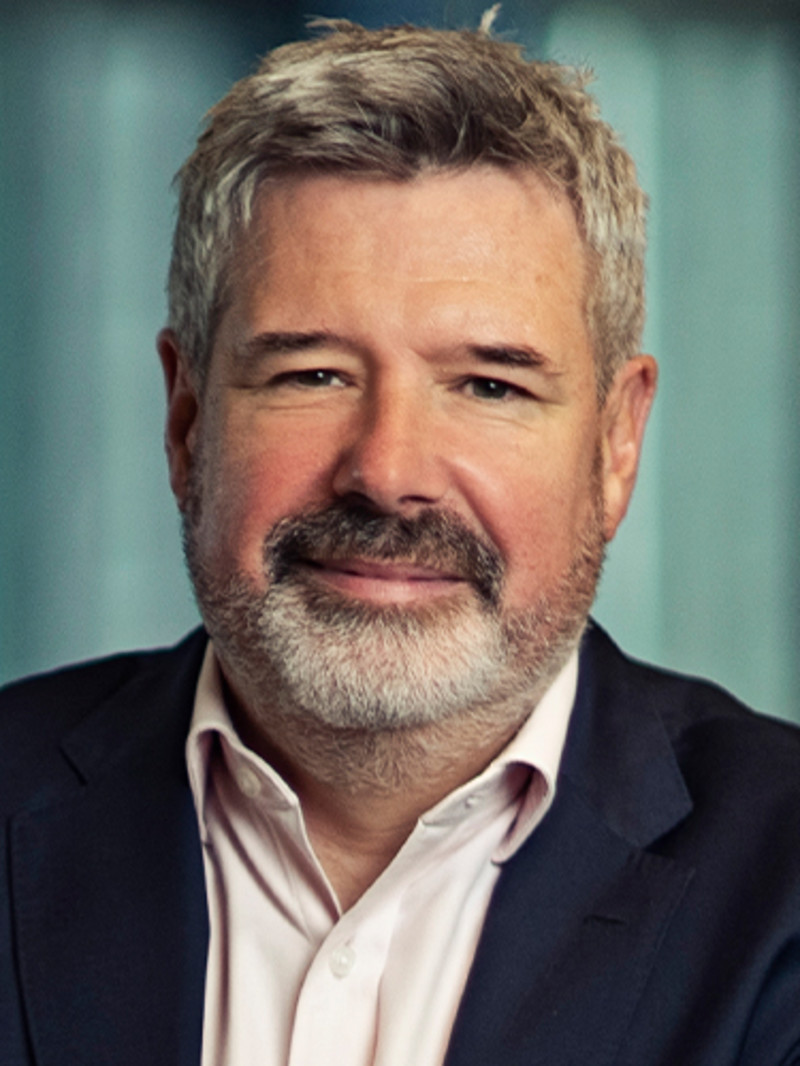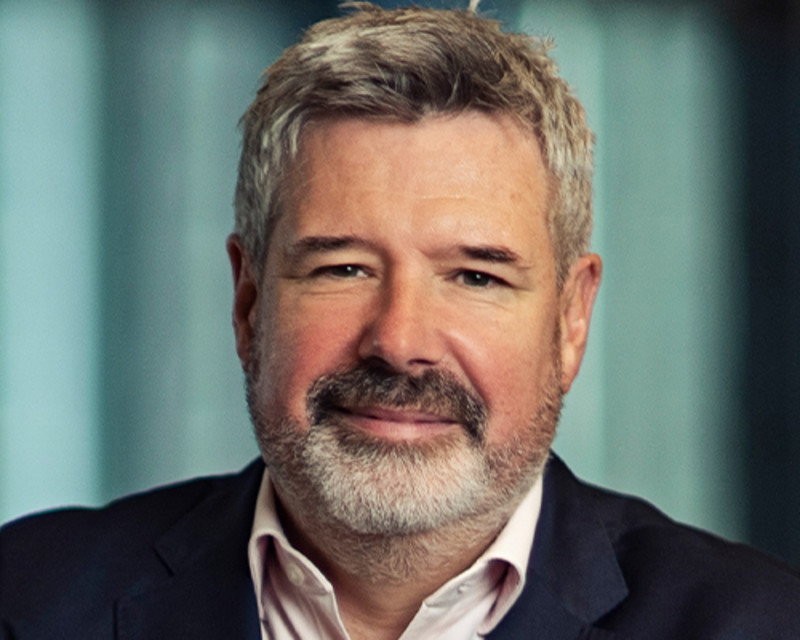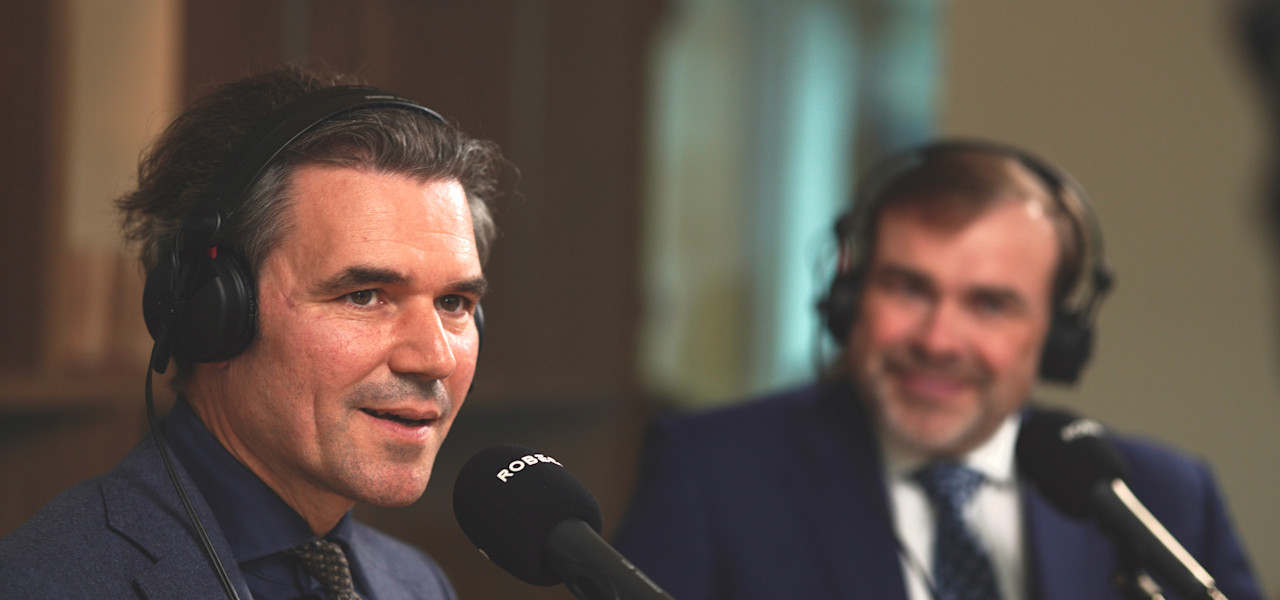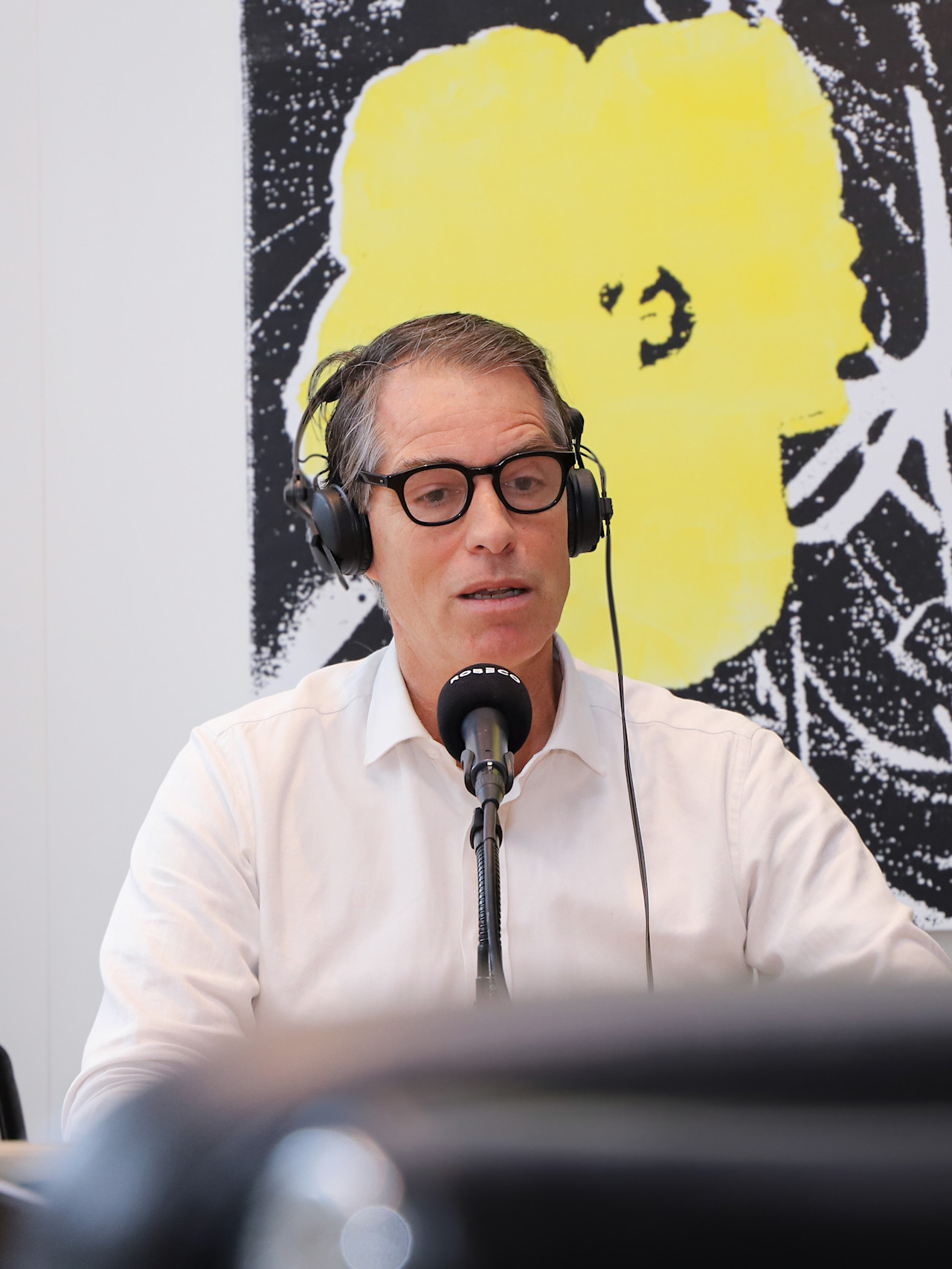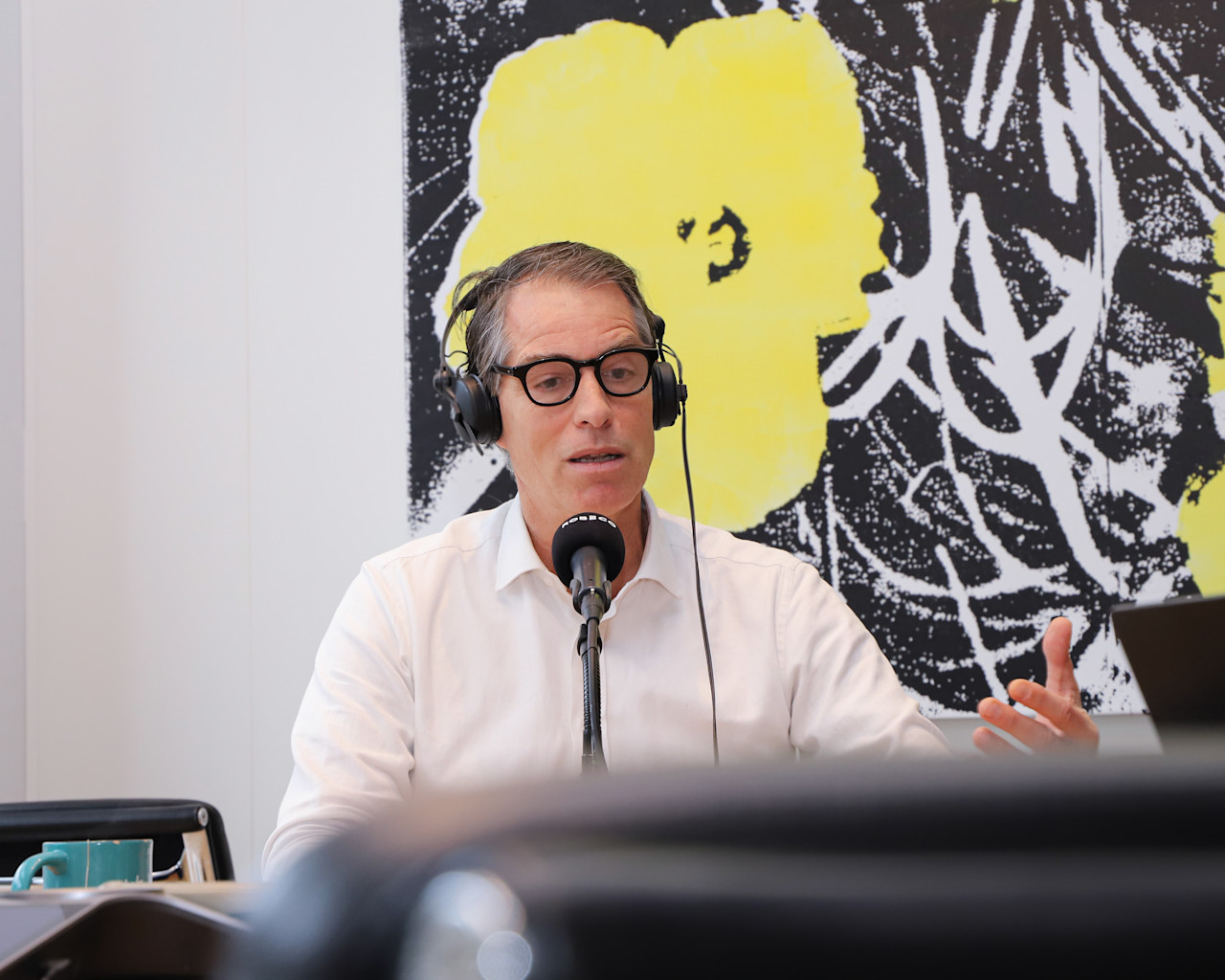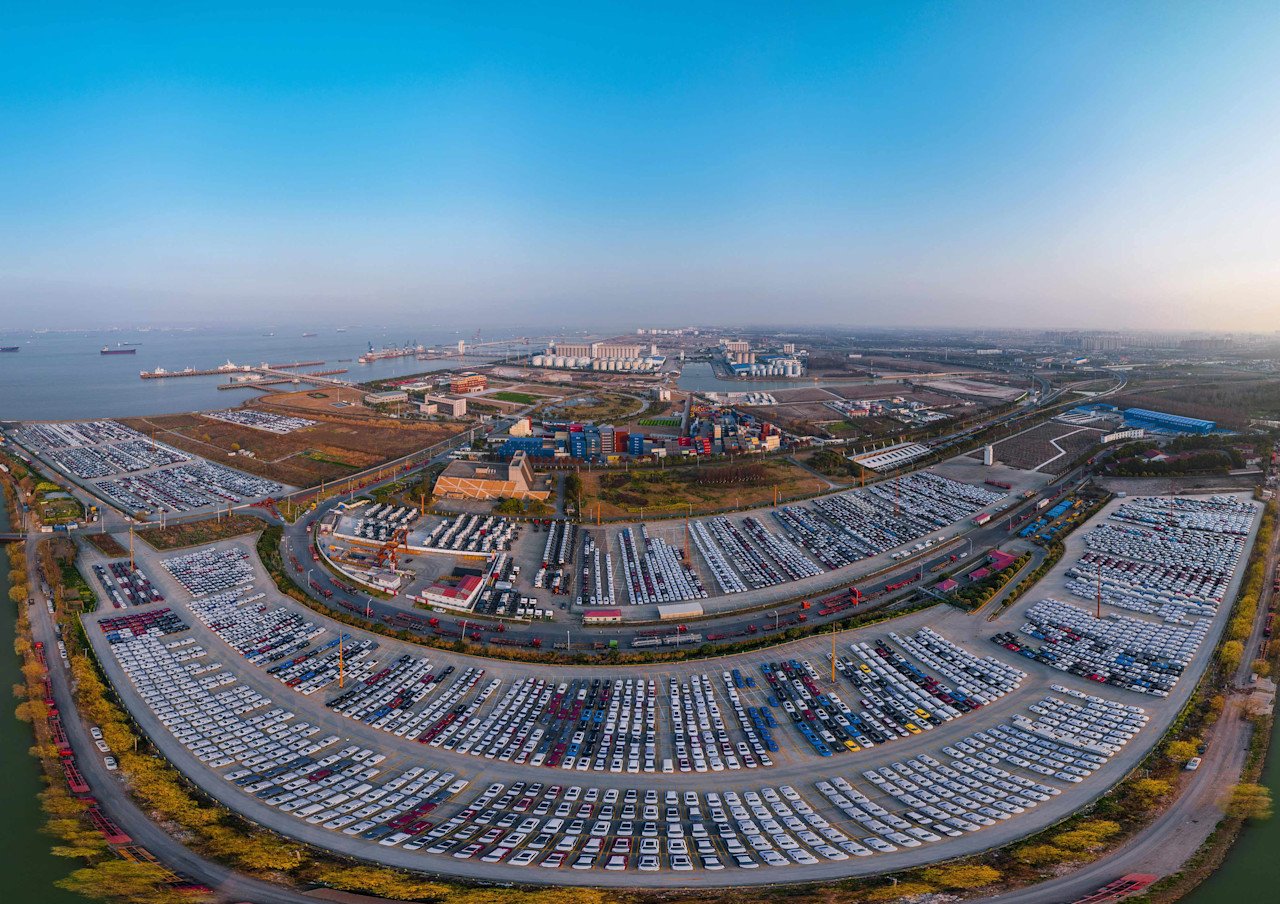

Eight emerging markets punching above their weight
In a rapidly changing world, we believe optimizing country selection in emerging markets can be an important element of success and helps inform the risk and reward framework for selecting companies to invest in. In this piece we look beyond the headlines to highlight countries we are currently focused on.
Resumen
- Country selection is vital to success in the vast emerging markets universe
- Top-down analysis of region and country dynamics feeds into stock selection
- We currently like the prospects of Greece, Poland, Korea, Vietnam, the UAE, Indonesia, South Africa, and Mexico
Emerging markets (EM) have had a strong 2025 with the benchmark MSCI EM equity index hitting its highest level since 2021 in early September. As we have consistently argued, we believe this is only the beginning for emerging market equities as global investors pivot from developed markets where growth potential is constrained by high debt levels and unfavorable demographic trends. The trade war initiated by the US is speeding up emerging markets’ existing focus on intra-regional trade and strengthening the geopolitical influence of multinational groupings like the Association of South East Asian Nations (ASEAN)1 and the Gulf Cooperation Council (GCC)2 . This is, in the long term, a positive development for EM. Finally, the likelihood of easier US monetary policy and the Trump administration’s long-term emphasis on a weaker US dollar is a comfortable backdrop for global investors to gradually increase their weighting to emerging markets assets.
When looking at the broad array of countries where we invest, we focus on macroeconomic fundamentals like GDP growth rates, inflation, currency stability, and fiscal policy strength. This is complemented by ESG considerations like the political and regulatory environment including stability, corruption levels, and regulatory transparency. We also focus closely on demographics and consumer trends which influence long-term demand growth and sector allocation. Finally, we take into account market size and liquidity which impact entry and exit ease.
From a macroeconomic perspective we benefit from input from the Robeco EM Fixed Income team which invests in emerging markets debt. In 2025, emerging markets are in a much stronger financial position than in the past. Many have built up reserves, improved current accounts, and reduced external debt burdens – enhancing resilience to external shocks and global volatility. As these economies continue to grow and develop, the overall fundamentals across the EM universe are steadily improving. This paves the way for a growing number of EM issuers to access global capital markets, which in turn benefits macroeconomic stability and growth in a virtuous circle.
Country selection matters
We have always considered country allocation a key performance driver – a view that is backed by hard evidence. The graph shows that since 1994, country allocation has always been a significant contributor to the volatility of EM returns, with this contribution increasing again in recent years. This volatility means that there are alpha3 opportunities to be captured in active country allocation.
Figure 1: Contributors to volatility of returns in emerging markets since 1994

Source: Robeco, Thomson Financial Datastream, Quantitative Research team, for December 1994 to April 2025.
We use the MSCI Emerging Markets index as a benchmark for our flagship Robeco Emerging Markets Equities strategy and high-conviction Robeco Emerging Stars Equities strategy. The index reflects the past growth of the largest EM economies like China and India and is inherently backward looking. As active investors attempting to beat the index, we use top-down country selection as a potential driver of alpha. This means we take zero, underweight, equal-weight or overweight exposures to the 24 countries in the index: Brazil, Chile, China, Colombia, Czech Republic, Egypt, Greece, Hungary, India, Indonesia, South Korea, Kuwait, Malaysia, Mexico, Peru, Philippines, Poland, Qatar, Saudi Arabia, South Africa, Taiwan, Thailand, Türkiye, and the United Arab Emirates. More importantly we can also include companies from outside these 24 countries, a crucial source of potential alpha in 2025 and beyond.
Figure 2: Country weightings in MSCI Emerging Markets index

Source: MSCI, 29 August 2025.
Investments in companies in different countries – not just in one nation – help to lessen the risk of being affected by economic, political, or company-specific problems unique to a single country. Meanwhile, it is beneficial for our EM portfolios to avoid exposure to countries where we consider idiosyncratic risks to be elevated. As an example, Table 1 illustrates Robeco Emerging Market Equities strategy’s country allocation at the end of August 2025 compared to the index.
Table 1: Robeco Emerging Market Equities strategy country allocation with overweights and underweights

Source: Robeco, MSCI. Portfolio: Robeco Emerging Markets Equities. Index: MSCI Emerging Markets Index. Data end of August 2025. For illustrative purposes only. This is the current overview as of the date stated above and not a guarantee of future developments. It should not be assumed that any investments in countries or sectors identified were or will be profitable.
Table 1 does not include countries where we had zero exposure at the end of August, including Malaysia and the Philippines.
Emerging Markets Equities D EUR
- performance ytd
- 7,88%
- Performance 3y
- 7,12%
- morningstar
Rentabilidades pasadas no garantizan resultados futuros. El valor de las inversiones puede fluctuar.
Eight EM countries we like right now
The world faces considerable, perhaps even unprecedented economic uncertainty right now, with the full impact of protectionist trade measures yet to be felt. With this challenging backdrop taken into account we have selected eight countries in the EM universe where we are currently overweight and seeing opportunities in H2 2025 and beyond.
Greece
Greece’s comeback story since the EU debt crisis of 2012 has been slow and steady but we are finding companies that are benefiting from its macroeconomic resurgence. Growth drivers include its strong domestic consumption and investment, boosted by the EU Recovery Fund projects, and exports. The country is also carving out niches in tourism, renewable energy, and shipping, sectors where Greece retains global competitive advantages.
Inflation is expected to moderate in 2025-2026, despite an improving labor market with unemployment falling below 9% and wage growth helping domestic purchasing power.
Moreover, even after a sustained period of outperformance Greece’s valuations remain attractive. For investors, Greece represents an unusual case of reform-driven upside within EMs: a country that has moved from the brink of default to relative macro stability, with potential for steady if unspectacular growth. However, vulnerabilities remain: public debt ratios are still among the highest in Europe, leaving Greece sensitive to shifts in global rates and investor sentiment.
South Korea
South Korea is an outstanding emerging markets success story, and its status as a leader in technology crucial to the AI buildout, and electrification and defense sectors has seen the rise of some world-class companies. Despite being very sensitive to the US administration’s trade war, Korea’s corporate sector is thriving, and in our view benefits from important structural tailwinds. Chief among these is the ‘Value up’ initiative which is forcing corporate governance reform, unlocking significant hidden value from within Korea’s complex corporate structures. This is a slow-burn theme but is gathering momentum in our opinion.
Vietnam
Vietnam is a classic emerging market with a 100 million population with over 60% below the age of 30, ongoing urbanization, and has enjoyed rapid growth as a manufacturing exporter. Foreign investors have been cautious due to its socialist government and relatively shallow, illiquid equity market, but we are very happy to be present and investing. While trade dynamics with both China and the US are currently challenging, the country is adept at keeping good relations with both. The current administration is overseeing rapid restructuring, more FDI, and infrastructure build-out, especially in highways and rail.
The next decade looks good for Vietnam in terms of economic dynamics and we are considering opportunities in domestic consumption plays serving the burgeoning middle class, finance, property, tech as well as export-related sectors. We think it makes sense to invest a small part of an EM portfolio in this off-benchmark country, taking into account the risk associated with the companies in which to invest, the valuations and higher-than-average market fluctuations. Finally, Vietnam is making significant progress toward being included in the MSCI Emerging Markets (EM) Index. It is expected to be considered for the MSCI EM Watch List by the end of 2025. If the criteria are met, the actual upgrade to the MSCI EM Index could occur between 2026 and 2028, another reason for long-term investors to get some exposure.
Indonesia
Indonesia’s growth drivers include rising private consumption, government infrastructure spending, and investment initiatives such as the ‘People-First’ housing program as well as the steadying influence of sovereign wealth fund Danantara. Inflation remains relatively low and stable, around 2.3% to 3.0%, supporting consumption and allowing the central bank to cut interest rates in mid-September 2025. The political situation has been tense with lower-income cohorts continuing to struggle and intense protests in August, causing concern for foreign investors. Nevertheless, we think looking beyond the headlines, Indonesia is set up for accelerated growth and we are confident in our overweight position.
South Africa
As the most advanced economy in Africa with substantial influence across the pan-African sphere, South Africa has always been on an emerging markets investor’s radar. With a centrist coalition government installed in 2024 and some of its obvious problems like periodic power outages seeming to lessen, South Africa was one of the strongest performers in 2024. In 2025 it’s back in the EM pack, but the benefits of a more moderate style of governance are being felt. Growth drivers include improvements in infrastructure, the clear easing of energy shortages, and buoyant industrial commodity prices which have supported its mining sector. The recent retreat of inflation to close to 3% should allow the central bank to remain dovish and gives both domestic consumption and the government’s infrastructure push a boost. We are monitoring small caps trading at single-digit earnings multiples, which are not even on the radar of most international investors, to increase our South African exposure.
Mexico
Mexico’s economic fate rests with the US, but the converse is also true. Despite the ideological differences between the respective Sheinbaum and Trump administrations they absolutely have to find common ground. Mexico appears to have taken Trump’s side in the trade dispute with China by placing very steep tariffs on Chinese autos. In addition, security cooperation appears constructive. To us that leaves Mexico’s pre-Trump strengths of manufacturing expertise and openness to foreign investment intact, while the trade uncertainty allows a perfect glidepath to accumulate positions in excellent companies with proximity and access to the world’s largest consumer market.
United Arab Emirates
The UAE has become a regional and global economic nexus, with a similar profile to Switzerland and Singapore. The largest bourses, DFM in Dubai and ADX in Abu Dhabi, have significant participation from foreign institutional investors and this is likely to continue to increase given increasing FDI inflows and the country’s strong growth profile. Traditionally a hostage to changes in energy prices, the UAE has transcended this dynamic with growth in financial services, logistics, technology, property and tourism broadening the economic base.
UAE equities present an appealing blend of high dividend yields (4%-7%), attractive valuations, and momentum driven by reforms such as foreign ownership liberalization, index inclusions, and a robust IPO pipeline. The resilience of UAE equities is bolstered by well-capitalized, profitable banks, making them attractive to investors seeking both income and long-term growth. Non-oil sectors now drive the majority of growth, with GDP projected to accelerate toward 5% by 2025. Inflation remains low and stable, and the banking system is robust. Real estate and trade contribute additional momentum, while substantial fiscal buffers provide resilience.
Poland
Poland is the star in the EU firmament as the continent’s growth leader. Its near USD 1 trillion economy is expected to expand 3.3% in 2026 and 3.2% in 2027, according to Bloomberg consensus forecasts. Domestic demand from a highly educated population of 38 million and fast-growing private consumption remain strong drivers, helped by rising real wages, social benefits, and fiscal spending, including increased public and infrastructure investments supported by international investors in Polish debt and EU funds. The early 21st century brain drain to other EU countries and the UK has now reversed, making Poland a fertile labor market for growth companies. Like South Korea, Poland is an emerging economy with fundamentals and high living standards that are the envy of ‘developed’ peers.
Conclusion
For our EM strategies, country allocation is a starting point in our investment process. We believe our systematic top-down approach to regions and countries complements our fundamental and quantitative analysis at company level, allowing us to calibrate risk effectively across our portfolios. The uncertainty engendered by the current upheaval in international trade is making country analysis more important as a source of alpha. It also gives Robeco’s active EM strategies a competitive advantage, especially against EM exposure based on passive index allocations. Broad EM exposure may deliver uneven results, while selective allocation – focusing on markets with credible institutions, domestic demand momentum, and supportive policy frameworks – can unlock genuine opportunities. In today’s environment, EM is not one trade – it is a set of diverging paths.
¿Qué oportunidades ofrecen los ME?
Reciba nuestro newsletter para profundizar en las oportunidades de inversión en ME.
Footnotes
1 ASEAN comprises of Brunei, Cambodia, Indonesia, Laos, Malaysia, Myanmar, Philippines, Singapore, Thailand, and Vietnam
2 The GCC comprises of Bahrain, Kuwait, Oman, Qatar, Saudi Arabia, and the United Arab Emirates
3 Alpha refers to the excess return of an investment relative to a benchmark index and is a measure of performance.




